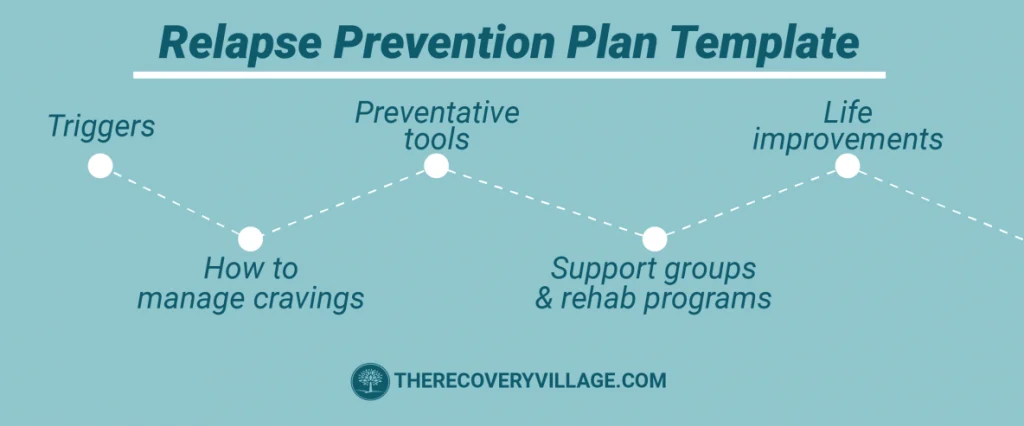Relapse prevention is a critical component of long-term recovery from alcohol use disorder. A well-thought-out plan can help you manage triggers, cope with stress, and maintain your sobriety.
1. Identify Your Triggers
The first step in preventing relapse is to identify your triggers. Triggers are people, places, situations, or emotions that make you want to drink. Common triggers include stress, social events, and certain locations. Write down your triggers and be specific. Knowing what sets off your cravings helps you prepare to deal with them.
2. Develop Healthy Coping Strategies
Once you’ve identified your triggers, develop healthy coping strategies to deal with them. This might include exercise, meditation, or hobbies that you enjoy. The goal is to find activities that can help you manage stress and emotions without turning to alcohol. Practicing these strategies regularly can strengthen your ability to handle triggers when they arise.
3. Create a Support Network
Building a strong support network is essential for relapse prevention. Surround yourself with people who support your sobriety, such as friends, family, or members of a support group. Make a list of people you can call when you’re feeling tempted to drink. Regularly attending support group meetings, such as Alcoholics Anonymous (AA), can also provide ongoing encouragement and accountability.
4. Plan for High-Risk Situations
High-risk situations are scenarios where you’re more likely to encounter triggers. These might include parties, holidays, or stressful events. Plan ahead for these situations by deciding how you will handle them. For example, bring a non-alcoholic beverage to a party or have an exit strategy if you feel overwhelmed. Having a plan in place can help you stay in control and avoid relapse.
5. Establish a Routine
A structured daily routine can provide stability and reduce the chances of encountering unexpected triggers. Include time for healthy activities like exercise, meal preparation, and hobbies. Keeping busy with positive activities can reduce boredom and prevent thoughts of drinking. A consistent routine also helps reinforce healthy habits.
6. Monitor Your Emotions
Emotional awareness is crucial for relapse prevention. Pay attention to your emotions and how they influence your cravings. Keep a journal to track your feelings and identify patterns. If you notice that certain emotions, such as anger or sadness, trigger the urge to drink, work on strategies to manage those feelings. Techniques like mindfulness, deep breathing, and talking to a therapist can help you regulate your emotions.
7. Set Realistic Goals
Setting realistic, achievable goals for your recovery can keep you motivated and focused. These goals might include staying sober for a specific period, attending a certain number of support group meetings, or achieving milestones in your personal life. Celebrate your achievements, no matter how small, as they can reinforce your commitment to sobriety.
8. Seek Professional Help
Professional support is invaluable in creating and maintaining a relapse prevention plan. Therapists, counselors, and addiction specialists can provide personalized guidance and support. They can help you develop coping strategies, address underlying issues, and monitor your progress. Don’t hesitate to seek professional help if you’re struggling or need additional support.
Creating a relapse prevention plan for alcohol use disorder involves identifying triggers, developing healthy coping strategies, building a support network, planning for high-risk situations, establishing a routine, monitoring emotions, setting realistic goals, and seeking professional help. By following these steps, you can strengthen your resilience and reduce the risk of relapse. Remember, recovery is an ongoing journey, and having a solid plan in place can help you maintain your sobriety and lead a healthier, more fulfilling life.

